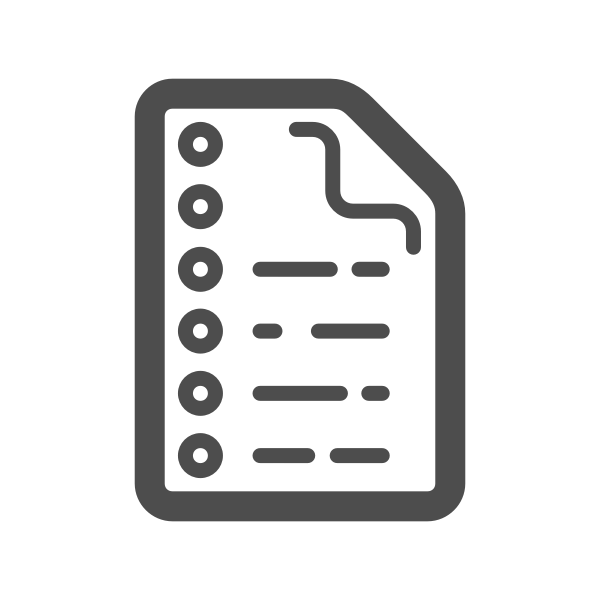Signing and verifying data on blockchain

A digital signature is a mathematical algorithm routinely used to validate the authenticity and integrity of a message. Digital signature includes the concept of public and private keys.
Generally, a message hash is signed by an address, then the signed message is transacted on behalf of the user by someone else. The real use case of digital signature in blockchain is to verify if the transaction was authroized by the user or not.
In blockchain, we use ECDSA algorithm to sign a message (data in our case).
A set of data is prepared in the frontend. The data is then converted to hash
using web3-utils like below. We pass
all the values to hash in the soliditySha3 method.
const { soliditySha3 } = require("web3-utils");
let hashedMessage = web3.utils.soliditySha3(
4,
7,
1
)
We will then receive some hash like
0x597f5f99524e9dfde89054758e759ecaea48dffb5d1d2e944e7ddedc03edd085. The signer
is supposed to sign the hash that we receive.
In case, we need to pass string, we will have to convert the string to bytes
like web3.utils.soliditySha3(str).substring(0, 10). We prefer to use bytes in
solidity rather than string due to some drawbacks like we can not compare two
strings to each other. The full code should look like:
const { soliditySha3 } = require("web3-utils");
let hashedMessage = web3.utils.soliditySha3(
4,
7,
web3.utils.soliditySha3("Hello")
)
We ask the user for signature using metamask with the use of
web3.eth.personal.sign(hashedMessage, signer_address); method. This will
complete the signature process in the frontend which will give us the
signedMessage.
Now, we will be looking at how to verify the signature.
Firstly, we will pass the hashedMessage and signedMessage in a method in
solidity. There is a library
ECDSAUpgradeable
by openzeppelin which has a recoverSigner method. This method will return the
signer address when we pass hashedMessage and signedMessage in it. Example:
ECDSAUpgradeable.recover(hashedMessage, signedMessage). We can finally compare
the original signer address and the returned signer from recover method. If
both the addresses match, the signer has signed the message and vice versa.
For futher security, we can pass the original message to solidity and hash it there. In solidity, we can hash the message like
bytes32 hashedMessage = keccak256(abi.encodePacked(param1, param2, param3))
bytes32 ethHashedMessage = keccak256(abi.encodePacked("\x19Ethereum Signed
Message:\n32", hashedMessage))
The second part of eth hashing is done automatically by soliditySha3 in the
frontend. Then, continue using ECDSAUpgradeable.recover and the comparision
logic.
